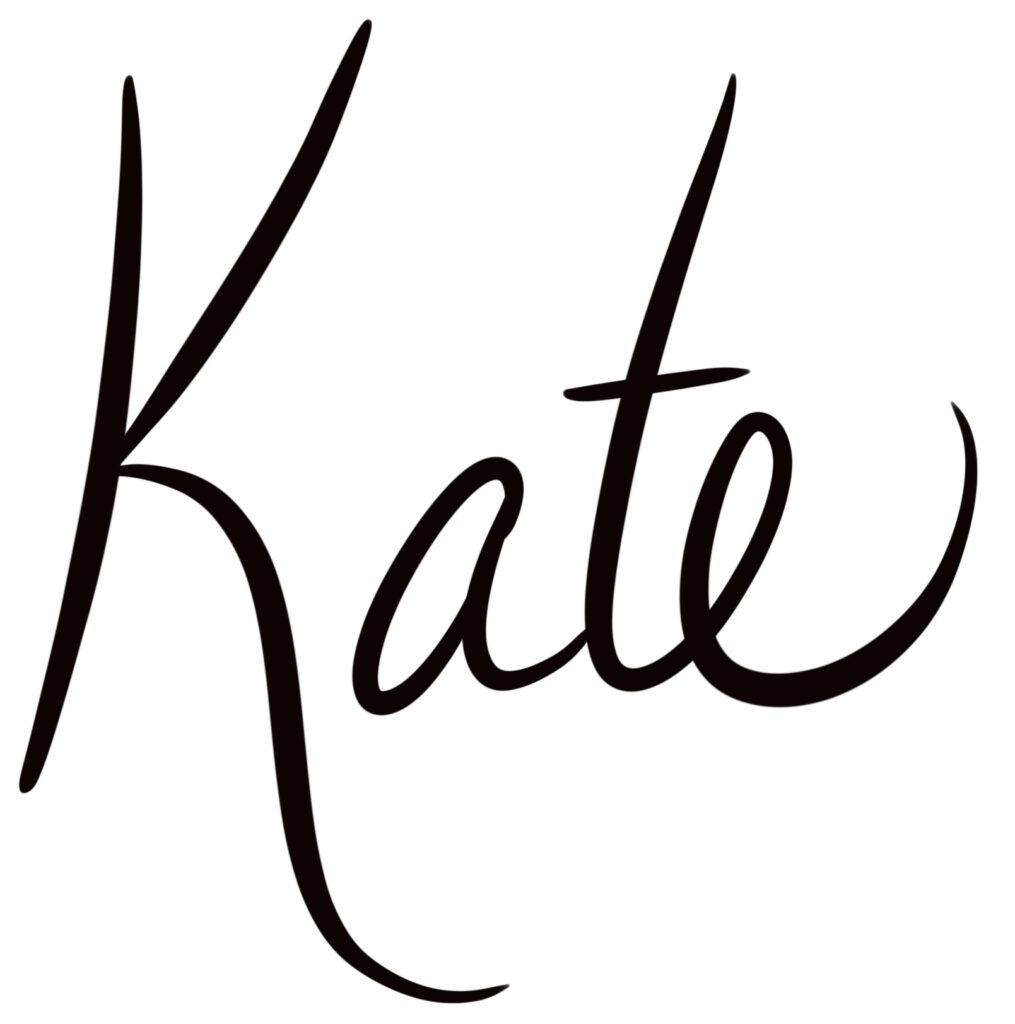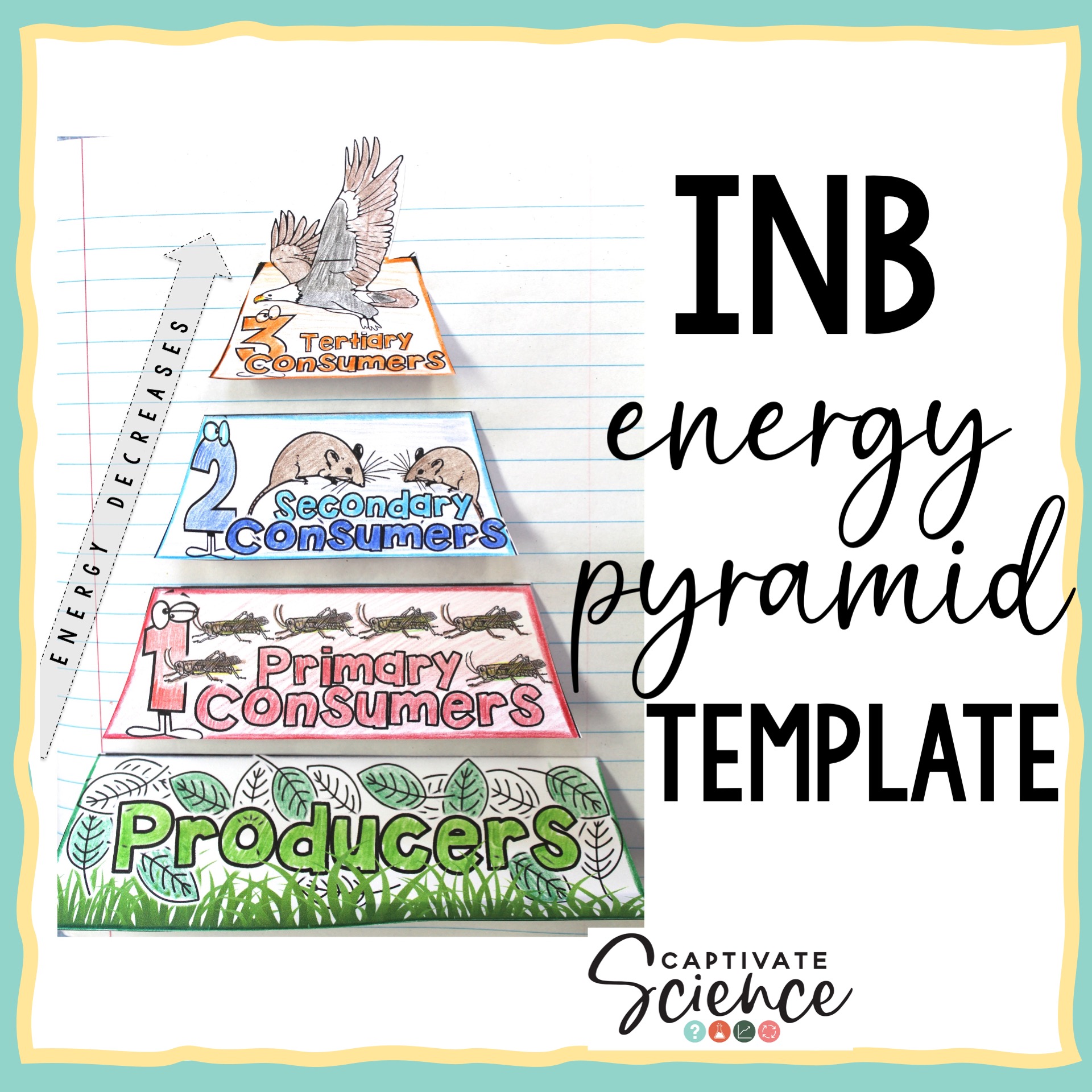What are the Physical Science Vocabulary Doodle Notes?
- Standards-based vocabulary practice
- Reviews key ideas for each physical science standard (middle school)
- 3-4 words covered on each page
- Standard listed in top corner of each page
- Words are chunked by topic/key idea
- Tasks are concise and age-appropriate
How will they help my students?
- Blends visual and linguistic information
- Visual note-taking improves content memory
- Improved retention through dual coding
- Provides essential vocabulary review through meaningful tasks
- Students DON’T write definitions. They read and respond to them!
What does a sample BLANK Doodle Note page look like?
What does a sample COMPLETED page look like?
How will my students know what to write/draw/doodle on each page?
Two suggestions for guiding your students:
- Complete one page together as a class using a document camera or by projecting the image and drawing on the board. We recommend doing this at least once to model for your students the doodle note process. As you go over each key idea, ask for student input. Talk about responding clearly yet concisely. Model how to emphasize using underlining, bolding and shading. Here are some questions to ask your class while you model.
- What words should stand out most on the page? How can we emphasize them?
- Should we write a paragraph here or use bullet points?
- How can we use color to separate the different concepts on the page? Are there certain colors that make sense for this topic?
- Share the interactive link for the pages with your students. Each page has a link to an interactive version that will help your students complete each task. Once they open the link for the page they are doing, they click each icon to gather information to help them understand the content and doodle to show their learning! Once kids understand how to access the link to the interactive, they can do them independently for bell work and early finisher work.
How can I get the pages that match my curriculum?
The doodle notes are available for purchase by standard or as a bundled standard set (discounted). Here are the links to the sets available.
Physical Science Doodle Note Set

Matter and its Interactions
Atoms and Molecules MS-PS1-1
Physical and Chemical Changes MS-PS1-2
Synthetic and Natural Materials MS-PS1-3
Phases of Matter MS-PS1-4
Chemical Reactions MS-PS1-5
Exo and Endothermic Reactions MS-PS1-6
Motion and Stability: Forces and Interactions
MS-PS2-1, MS-PS2-2, MS-PS2-3, MS-PS2-4, MS-PS2-5
Energy
Energy MS-PS3-1
Potential Energy MS-PS3-2

Conduction, Convection, Radiation MS-PS3-3
Energy Transfer MS-PS3-4, MS-PS3-5
Waves and their Application in Technologies for Information Transfer
Waves MS-PS4-1
Light and Sound MS-PS4-2
Analog and Digital MS-PS4-3
Can I download a sample page?
This page is available as a sample. It is ONE page of a much larger set, but it will give you the idea of how a doodle vocab page works!
When you start using NGSS Doodle Notes, you will definitely notice a change in the way your students interact with the content. If you teach life science be sure to read this post about an entire life science course of doodle vocabulary notes.
I hope this information helps you better help your students
Kate



